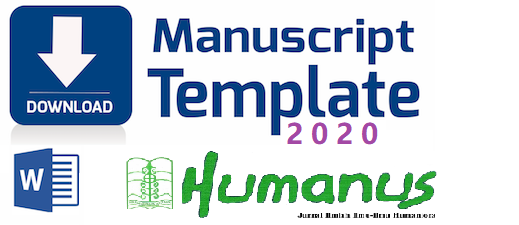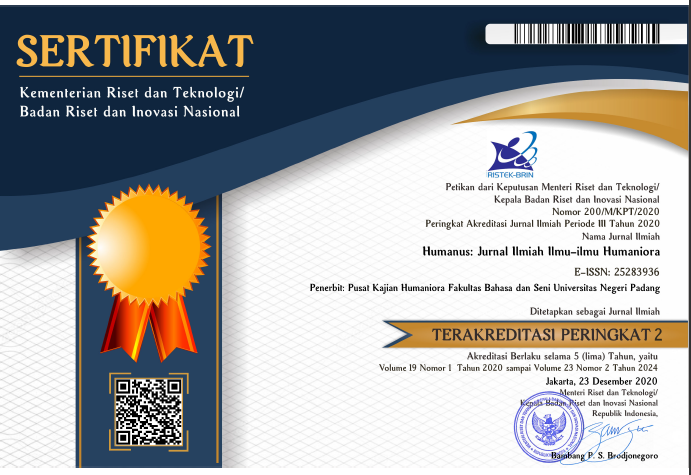Contemporary Practices of Customary Conflict Resolution Mechanism: The Roles of Bokkuu (cultural) Centers among Oromo, Ethiopia
 ), Megersa Regassa(3), Waktole Hailu(4),
), Megersa Regassa(3), Waktole Hailu(4), (1) Jimma University
(2) Jimma University
(3) Jimma University
(4) Jimma University
 Corresponding Author
Corresponding Author
Copyright (c) 2020 Humanus
DOI : https://doi.org/10.24036/humanus.v19i1.103946
Full Text:
 Language : en
Language : en
Abstract
Keywords
References
Abebe, A. (2005). Indigenous Mechanisms for the Prevention and Resolution of Conflict: The Experience of the Oromo in Ethiopia: Report of Ethiopian national workshop.
Chemeda, D. etal. (2005). Indigenous System of conflict resolution in Oromia,Ethiopia
Gemechu, D. (2001), “Some Aspect of Conflict and Conflict Resolution among Waliso Oromo of Eastern Macha with Particular Emphasis on Guma”, Addis Ababa University, unpublished MA Thesis
Francis, D. J. (2006). Uniting Africa: Building Regional Peace and Security Systems. Aldershot: Ashgate.
Assefa, G. (2015). Description and Documentation of Ateetee Ritual among the DirreeEnchini Community of West Shewa Oromo Women. A Thesis submitted to Addis Ababa University
Herbert, L. S. (2001). Jimma Abbaa Jifar, an Oromo Monarchy: Ethiopia, 1830-1932. The red sea press, Inc. Asmara Eretria
De Salvic, M. (1901). An ancient people of great African Nation; The Oromo. Trans. Ayalew Kenno.2005. -Finfinne.
Hassen, M. (1994). the Oromo of Ethiopia : A history from 1570-1860. New York: Cambridge university press.
Gidada, N. (1984). “History of the Sayyoo Oromoo of Southwestern Wallaga, Ethiopia from about 1730 to 1886”, Johann Wolfgang Goethe-Universit¨ at, Frankfurt
Osi, C. (2008). Understanding Indigenous Dispute Resolution Processes and Western Alternative Dispute Resolution: Cultivating Culturally Appropriate Methods in Lieu of Litigation.PP.164-231.
Keneni, T. (2012). Exploring Gumaa as an indispensable psycho-social method of conflict resolution and justice administration
Ta’a, T. (2006). The Political Economy of an African Society in Transformation: The Case of Macca Oromo (Ethiopia). Wiesbaden: Harrassowitz Verlag,
 Article Metrics
Article Metrics
 Abstract Views : 1419 times
Abstract Views : 1419 times
 PDF Downloaded : 338 times
PDF Downloaded : 338 times
Refbacks
- There are currently no refbacks.
Copyright (c) 2020 Humanus

This work is licensed under a Creative Commons Attribution-NonCommercial 4.0 International License.










